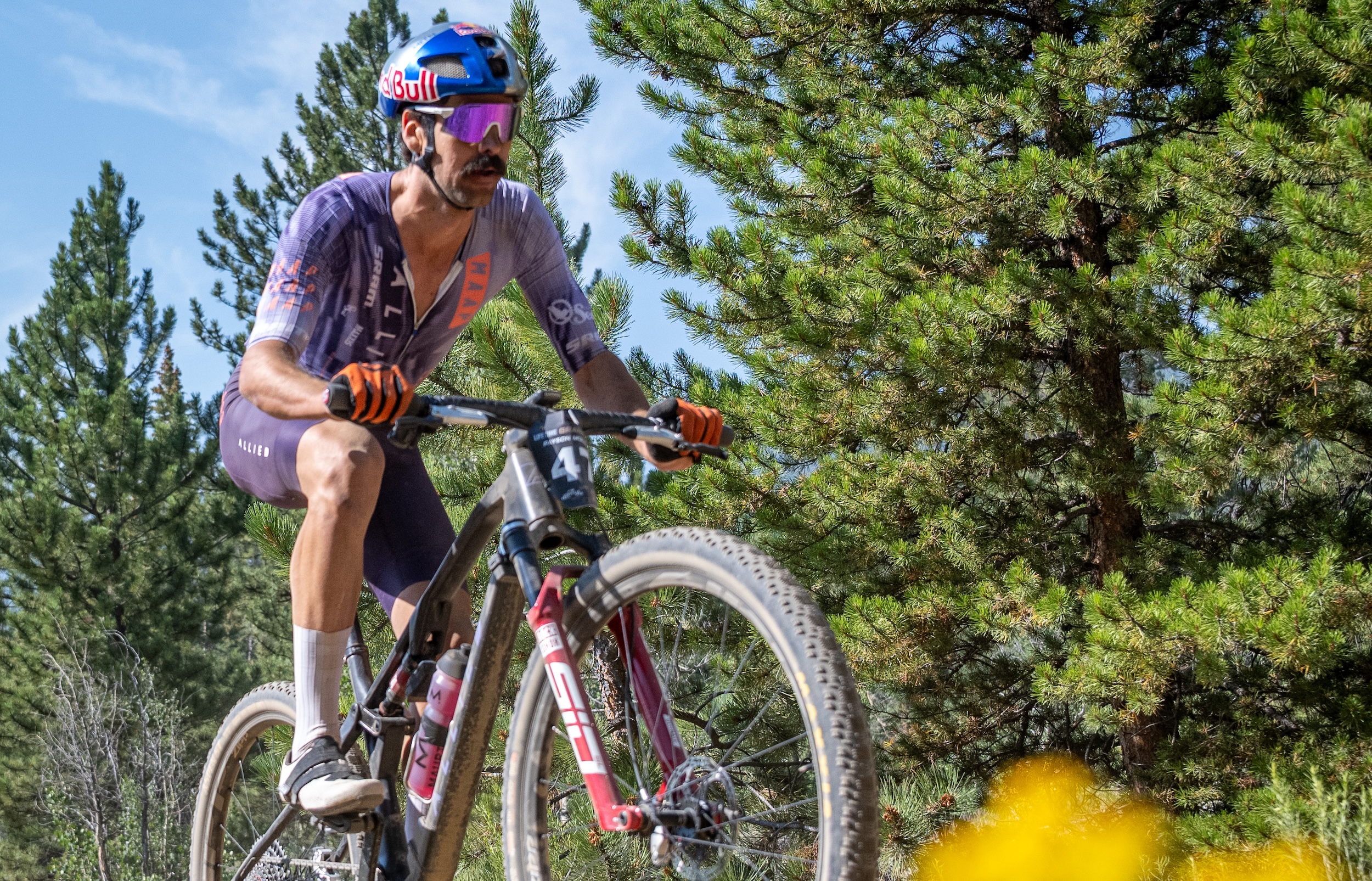Inside Nacer Bouhanni's Tour de France lead-out train
"The best thing about Nacer’s sprinting is his versatility"
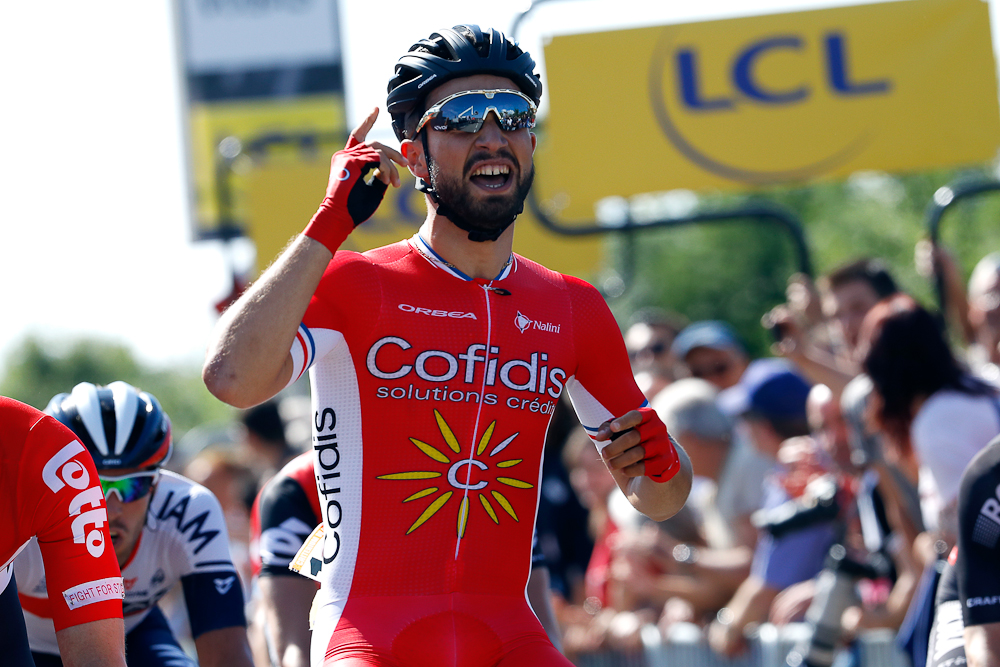
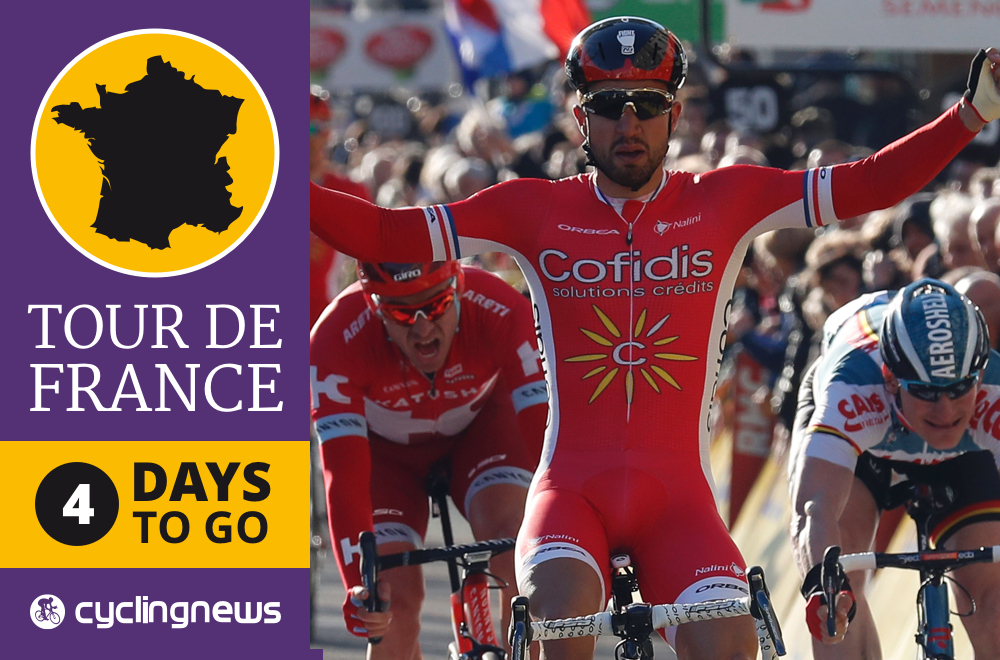
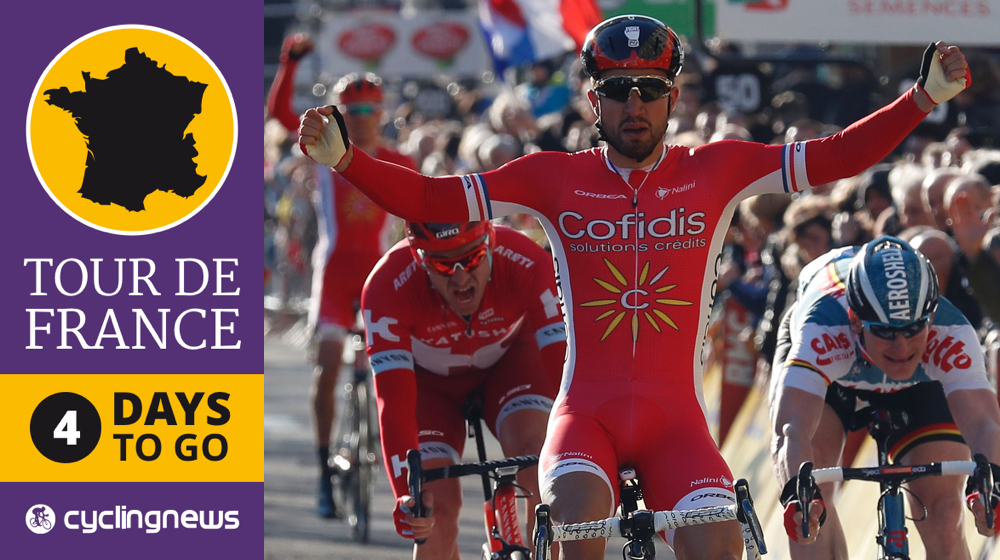
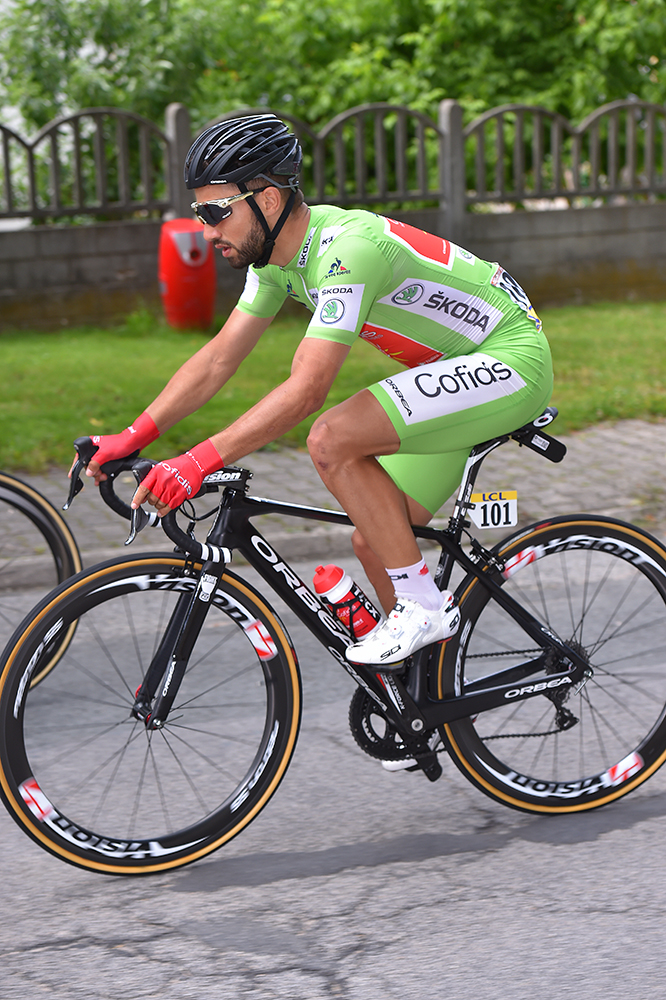
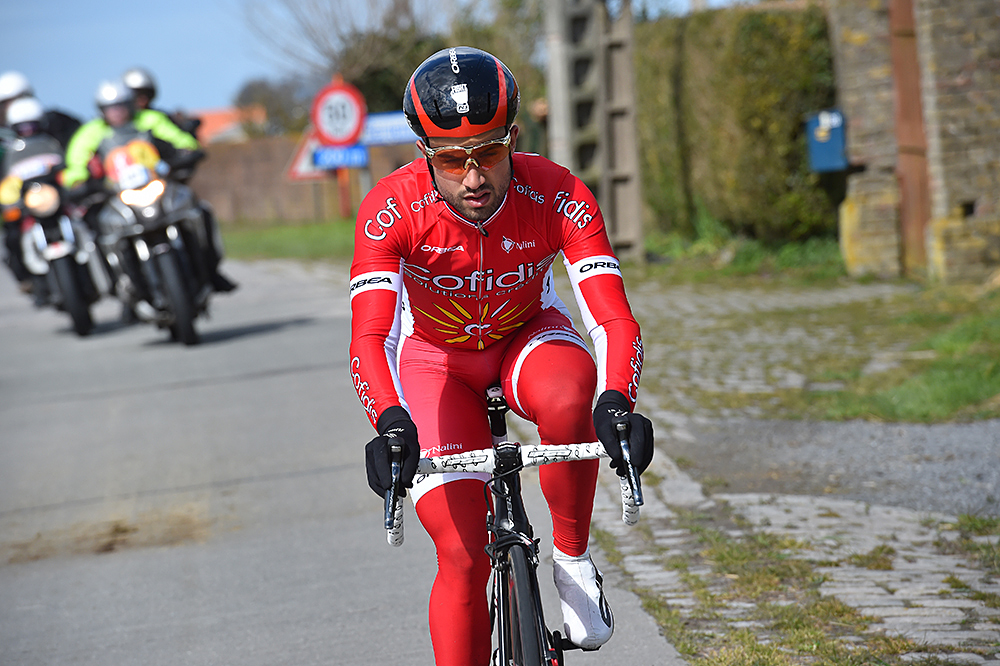
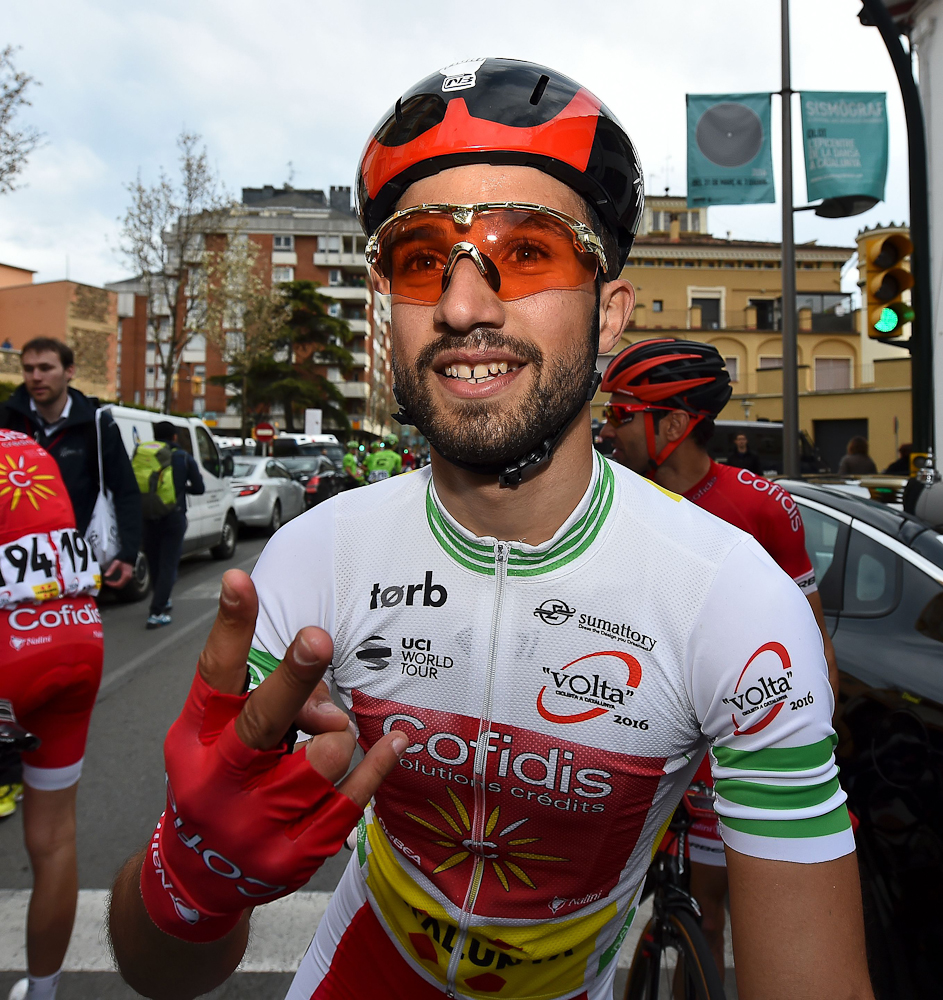
To date, the Tour de France has been anything but plain sailing for Nacer Bouhanni (Cofidis). In 2013, he was forced to abandon through illness, in 2014 he was overlooked by his then team, FDJ, for selection, and in 2015, he again quit after crashing first in the Nationals and then in the Tour's first week, in a mass pile-up involving five Cofidis riders.
Bouhanni: It was a real sprint
Anger for Bouhanni after mechanical problem in Milan-San Remo sprint
Bouhanni: I've barely slept for the last two days because of Milan-San Remo
Bouhanni boxes to the win as heads clash at Dauphine - Podcast
Nacer Bouhanni's Orbea Orca - Gallery
Bouhanni injured in fight with 'drunk' hotel guests at French Championships
Yet for all that the build-up to the Tour this year has hardly been straightforward, with a late-night altercation involving drunken hotel guests leaving the Frenchman needing four stitches in one hand and exhausted for the Nationals, two pre-race factors will give the 25-year-old a big boost to his motivation: his win record for 2015 and a well-honed lead-out train.
Last year Bouhanni took five pre-Tour wins, including two stages of the Criterium du Dauphiné. This year the total has risen to eight, and his WorldTour total of victories has doubled to four - one at the Dauphiné, two in Catalunya, one in Paris-Nice. Arguably even more importantly, Bouhanni has shown a notable level of consistency, taking victories from February in the Vuelta a Andalucia to the Dauphiné early this month, punching a fist in the air as he did so in homage to his hero Mohammad Ali. The Tour de Picardie in May was also his first overall stage race win since the Circuit de Lorraine back in his first year as a pro, 2011, and there was his deeply frustrating mechanical on the Via Roma in San Remo this March, too.
Already the winner of stages in the Vuelta a España and Giro d'Italia in 2014, can Bouhanni now complete his Grand Tour 'set' in the Tour de France? One area where Cofidis have moved up several notches this season, and it is surely no surprise that it coincides with Bouhanni's rising success rate, is the question of his lead-out train.
Three of his key riders, Borut Bozic, the vastly experienced former Vuelta stage winner who was signed last winter from Astana, Geoffrey Soupe, the bearded lead-out man who was brought in from FDJ with Bouhanni in 2015, and the talented young Frenchman Christophe Laporte, will all be taking part in the Tour de France alongside Bouhanni. But as Cofidis sports director Didier Rous explained earlier this year to Cyclingnews, the biggest change is that Bouhanni's lead-out train has another year of experience to build upon.
Talking after Bouhanni took back-to-back wins in the Volta a Catalunya in March, Rous pointed out that "above all, the lads know each other a lot better."
"Last year it was like starting to build the building from the foundations upwards, and a lead-out train is not something that happens just like that... Getting good team co-ordination for the build-up to a bunch sprint works best when it's absolutely instinctive, but you have to put all the pieces into places first.
The latest race content, interviews, features, reviews and expert buying guides, direct to your inbox!
"We had to find the riders and work out who was best for which was what. Now we're reaping the fruit of what we sowed."
As for Soupe and Laporte, Rous says: "They can both work as lead-out men. They're interchangeable although if they're both there, then Geoffrey is the second-last man. As for the third-last man, that'll depend a lot on the type of finish, whether it's a false flat or dead flat, and so on." Of those riders doing the Tour for Cofidis, Rous names Cyril Lemoine and Bozic for that role.
"A lot depends on if there's a false flat or a climb just before the finish. But that's the position that we change the most," he says. "We decide before the stage what the initial structure will be, then during the stage, it depends a bit on who's feeling like what, better or worse or whatever and we replace a rider with another."
As for whether Bouhanni prefers to accelerate closer or further from the line, Rous says: "There's no ‘ideal' distance for Nacer. It all depends on the wind, the weather conditions and above all if the finish is flat, a false flat, a descent. You never have exactly the same finish twice."
Despite the seemingly chaotic nature of some bunch sprints, Rous says Bouhanni tries to make it as controlled an environment as possible, rather than leaving it all to chance. "He's very insistent about knowing right down to the last details as much as he can. We do a lot of work with Google Earth, to see all the details, if there's descents, what the street furniture is like, when there isn't any street furniture like roundabouts. Then there's the weather and the wind direction. It's really important to know basically absolutely everything that there is to know in the last five kilometres."
And if it all goes to pot? Bouhanni is, Rous says, happier when operating within the more structured environment of a lead-out train, but is also able to handle racing independently in a bunch sprint. "When it's structured in a train it's easier for a sprinter, it's less risky, less stressful, less dangerous. Things are decided for him, like who's going to give him a spare wheel.
"But one of Nacer's strongest suits is his versatility. He's good when he's got a train, but he can also work well when there's only one or two riders with him, he can get in the right position and fend for himself."
The team has been practicing lead-outs at training camps both in 2015 and 2016. "But the real progress has got to be when you're in a race and battling against other riders," Rous says. "Last year it's true, not so good, because all of the guys barring Geoffrey were new for him, they'd never worked with him before.
"But we've learned from our mistakes, and we're corrected the biggest errors." Next week, perhaps, Bouhanni will begin to reap the benefits at the highest level of all.
Alasdair Fotheringham has been reporting on cycling since 1991. He has covered every Tour de France since 1992 bar one, as well as numerous other bike races of all shapes and sizes, ranging from the Olympic Games in 2008 to the now sadly defunct Subida a Urkiola hill climb in Spain. As well as working for Cyclingnews, he has also written for The Independent, The Guardian, ProCycling, The Express and Reuters.

